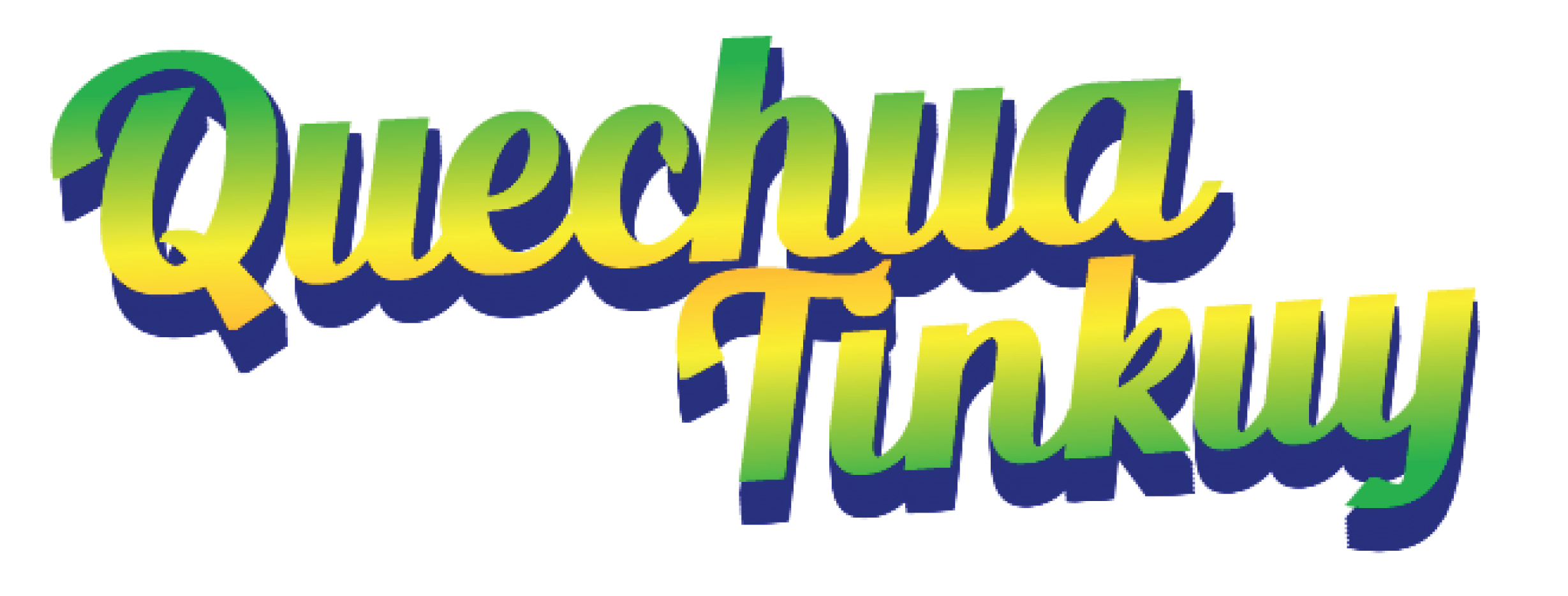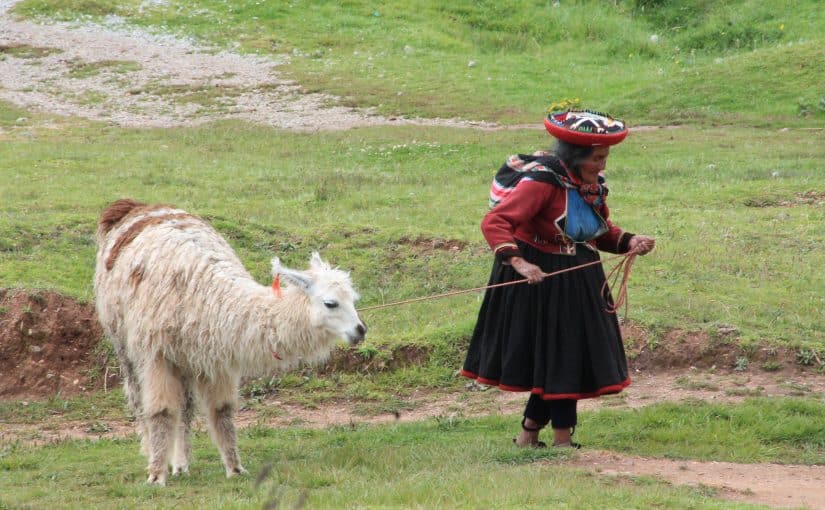
Qallarinapaq | Introduction
This unit describes Quechua phonetics so that you can become familiar with the main sounds. We invite you to click on the play icon by each vowel and consonant. With this practice we are looking for you to become familiar with the sounds and spelling conventions of the language. Follow each of the exercises out loud. We will begin with the vowels and then the consonants and repeat each exercise as necessary.
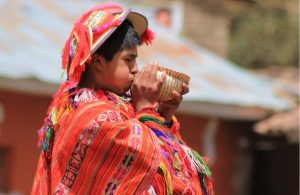
Before starting, we will look at some of the main characteristics of the language.
Quechua Language Characteristics
Quechua is characterized by being agglutinating (when a suffix is added to a root, it changes the meaning) which means that the root of a word will change with suffixes and infixes that are added.
For example: look at what happens with the word ¿Mikhurankipunichu? which means Did you actually eat?
¿Mikhu-ra-nki-puni-chu?:
- Base word or root: ‘mikhu’ which refers to eat or food.
- When we add the suffix ‘ra’ it becomes past tense;
- When we add ‘nki’ it refers to the second person (you);
- ‘puni’ strengthens the assertion;
- ‘chu’ makes it an interrogative.
In many cases infixes will be placed. In this example it could be the infix, ‘ra’ if we remove it, it becomes present tense and would be ¿mikhu-nki-puni-chu? which means Do you actually eat?
Another characteristic of Quechua is that the tonic syllable is almost always the penultimate syllable of a word, we will see this in examples we practice later on.

Qillqa | Grammar
The Grammatical Structure of Quechua
Quechua grammar consists of the following forms:
- V (vowel) A
- VC (vowel – consonant) Apay, asiy, alaláw, aliqa, amiy.
- CCV (consonant, consonant, vowel) Chaki, chachara, chakma, chakra, chichu.
- CVCV (consonant – vowel – consonant – vowel) Wasi, wawa, waka, wara, kuru.
- CV (consonant – vowel) Puriy, p’itay, punku, tullu, tuta, p’anay.
Additionally, the structure of a Quechua sentence follows the form: Subject – Object – Verb (S-O-V)
| Pascual | chakrata | yapun. |
| Subject | Object | Verb |
Here are some more examples:
| Subject | Object | Verb |
|---|---|---|
| Juan Juan | mikhunata the food | wayk’un. prepares. |
| Atoq The fox | aychata the meat | mikhun. eats. |
| Juana Juana | arrusta the rice | wayk’un. cooks. |
| Pascual Pascual | chakrata the field | yapun. plows. |
| I I | papata the potato | allani. harvest. |
| Qam You | wakata the cow | rantinki. buy. |
| Qamkuna You (plural) | futbolta soccer | pukllankichis. play. |
Next, the main sounds in Quechua: click on the play icons and repeat the sounds out loud.
Alphabet / Achahala
Unlike other varieties, the Cusco-Collao dialect has the following characteristics:
Let's look at the following phonemes that characterize this Quechua dialect:
Note: Remember that the vowels 'I' and 'u' make sounds similar to 'e' and 'o' in some words when they are by the consonants 'q', 'qh', and 'q', but in writing there are three vowels.

Rimanakuna | Vocabulary
Keep in mind that these are words that are repeated throughout this unit and are important to remember to continue enriching your vocabulary.
| Atoq | fox |
| Waka | cow |
| Alqu | dog |
| Chakra | field |
| Wasi | house |
| Wayk’uy | to cook/to prepare |
| Mikhuy | to eat |
| Yapuy | to plow |
| Allay | to harvest |
| Rantiy | to buy |
| Pukllay | to play |

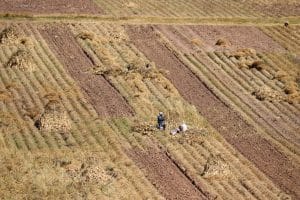
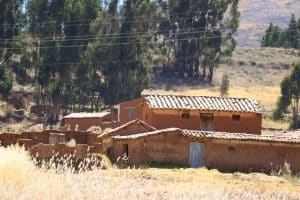
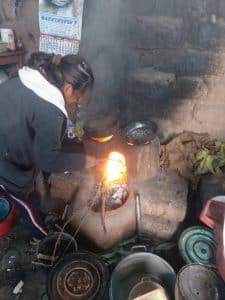

Ruwapakuy | Exercises
Examples with each sound / Achahala qawaykusunchis:
Next, you will find a series of pronunciation exercises with each consonant, play click on the play icon and repeat the sounds out loud:
CH
chakra
field
CHH
chhaphchiy
to shake
CH’
ch’aqchuy
to wet
H
hatun
big
K
Kanka
ember
KH
Khanka
dirt
K’
K’anka
rooster
L
Lakawiti
pumpkin, squash
LL
Llaki
sadness
M
Machu
old
N
Nanay
pain
Ñ
Ñakay
to curse
P
Puku
bird
PH
Phuku
breeze
P’
P’uku
deep plate
Q
Qachu
fodder
QH
Qhachu
to weed, to pull up
Q’
Q’achu
tender herb
R
Rakiy
to distribute
S
Sasa
difficult
SH
Sha
(progressive suffix)
T
Taka
to sow
TH
Thaka
thick
T’
T’aka
to spill
W
Wawa
baby
Y
Yachachiq
teacher
What does Quechua sound like? / Imaynatan t’oqyachikun Quechuapi
Please click on the play icon and we will practice the following examples together. When you hear the word ‘qanñataq’ -which means "now you"- repeat the example out loud.
This exercise contains the following dialog:
- Alqu
- Qanñataq / which means "now you"
- The student should repeat the word 'Alqu'
- ¡Kusa! / which means "very good!"
